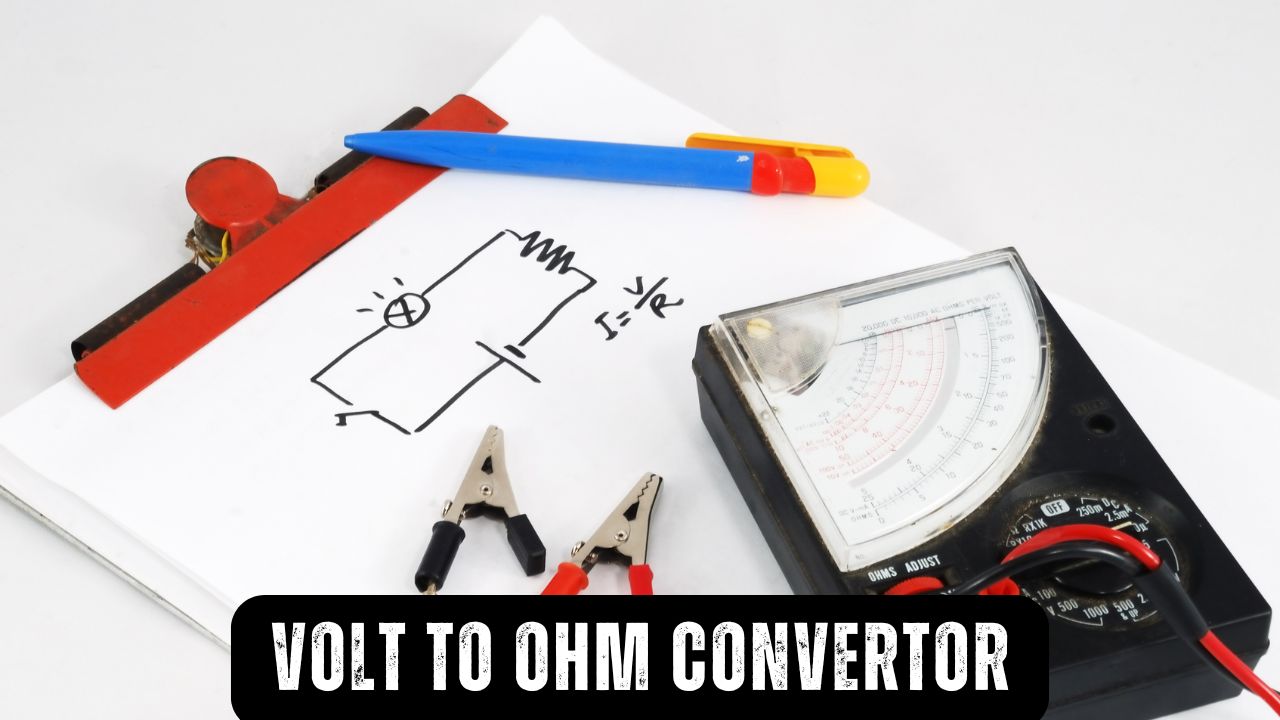Volts to Ohms Calculator
Calculate resistance (Ohms) from voltage (Volts) and current (Amps).

How to Convert Volts to Ohms
To convert volts to ohms, you can use Ohm’s Law, which relates voltage, current, and resistance.
Ohm’s Law Formula
Quick Trick: Resistance (Ohms) = Voltage (Volts) / Current (Amperes)!
Know About the Conversion
Volts and ohms are fundamental units in electrical circuits. Ohm’s Law helps you calculate resistance when voltage and current are known.
For example, if you have 10 volts and 2 amperes, you can find the resistance using Ohm’s Law.
The units for each variable are as follows:
- 1 V = 1 Ohm × 1 Ampere
Let’s Solve One Together!
Imagine you have the following measurements:
- Voltage: 10 V
- Current: 2 A
Here’s how we figure it out:
1. Use Ohm’s Law: R = V / I
2. Put in Voltage = 10 V and Current = 2 A
3. Calculate R = 10 / 2
4. R = 5 Ω
Answer: 5 Ohms
What Do These Terms Really Mean?
Volt (V) – The Basic Unit of Voltage
Volts measure electrical potential difference. Here’s what you need to know:
- Used to measure electrical potential difference.
- 1 Volt moves 1 Ampere against 1 Ohm resistance.
Ohm (Ω) – The Unit of Resistance
Ohms measure electrical resistance. Here’s what you need to know:
- Resistance opposes the flow of current.
- Higher resistance means less current flow for a given voltage.
For more information on voltage, visit the Wikipedia page.
Volt to Ohm Conversion Table (Assuming 1 Ampere)
| Volt [V] | Ohm [Ω] |
|---|---|
| 1 V | 1 Ω |
| 5 V | 5 Ω |
| 10 V | 10 Ω |
| 50 V | 50 Ω |
| 100 V | 100 Ω |
| 500 V | 500 Ω |
| 1000 V | 1000 Ω |
